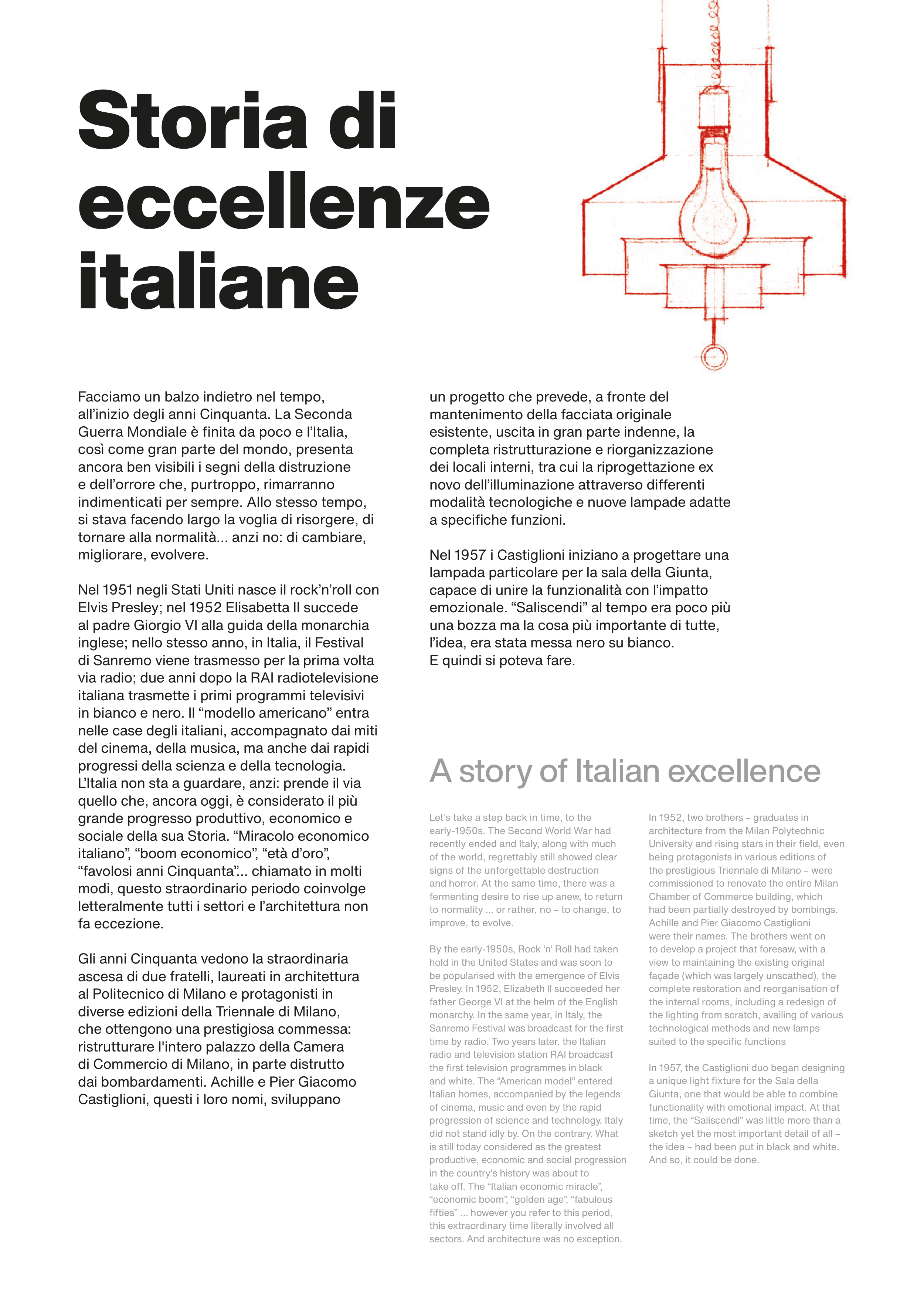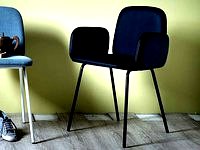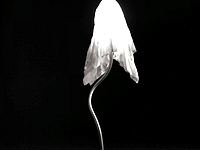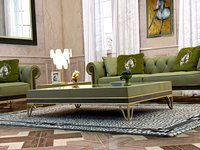Storia di
eccellenze
italiane
Facciamo un balzo indietro nel tempo,
all’inizio degli anni Cinquanta. La Seconda
Guerra Mondiale è finita da poco e l’Italia,
così come gran parte del mondo, presenta
ancora ben visibili i segni della distruzione
e dell’orrore che, purtroppo, rimarranno
indimenticati per sempre. Allo stesso tempo,
si stava facendo largo la voglia di risorgere, di
tornare alla normalità… anzi no: di cambiare,
migliorare, evolvere.
Nel 1951 negli Stati Uniti nasce il rock’n’roll con
Elvis Presley; nel 1952 Elisabetta II succede
al padre Giorgio VI alla guida della monarchia
inglese; nello stesso anno, in Italia, il Festival
di Sanremo viene trasmesso per la prima volta
via radio; due anni dopo la RAI radiotelevisione
italiana trasmette i primi programmi televisivi
in bianco e nero. Il “modello americano” entra
nelle case degli italiani, accompagnato dai miti
del cinema, della musica, ma anche dai rapidi
progressi della scienza e della tecnologia.
L’Italia non sta a guardare, anzi: prende il via
quello che, ancora oggi, è considerato il più
grande progresso produttivo, economico e
sociale della sua Storia. “Miracolo economico
italiano”, “boom economico”, “età d’oro”,
“favolosi anni Cinquanta”… chiamato in molti
modi, questo straordinario periodo coinvolge
letteralmente tutti i settori e l’architettura non
fa eccezione.
Gli anni Cinquanta vedono la straordinaria
ascesa di due fratelli, laureati in architettura
al Politecnico di Milano e protagonisti in
diverse edizioni della Triennale di Milano,
che ottengono una prestigiosa commessa:
ristrutturare l'intero palazzo della Camera
di Commercio di Milano, in parte distrutto
dai bombardamenti. Achille e Pier Giacomo
Castiglioni, questi i loro nomi, sviluppano
un progetto che prevede, a fronte del
mantenimento della facciata originale
esistente, uscita in gran parte indenne, la
completa ristrutturazione e riorganizzazione
dei locali interni, tra cui la riprogettazione ex
novo dell’illuminazione attraverso differenti
modalità tecnologiche e nuove lampade adatte
a specifiche funzioni.
Nel 1957 i Castiglioni iniziano a progettare una
lampada particolare per la sala della Giunta,
capace di unire la funzionalità con l’impatto
emozionale. “Saliscendi” al tempo era poco più
una bozza ma la cosa più importante di tutte,
l’idea, era stata messa nero su bianco.
E quindi si poteva fare.
Let’s take a step back in time, to the
early-1950s. The Second World War had
recently ended and Italy, along with much
of the world, regrettably still showed clear
signs of the unforgettable destruction
and horror. At the same time, there was a
fermenting desire to rise up anew, to return
to normality ... or rather, no – to change, to
improve, to evolve.
By the early-1950s, Rock ‘n’ Roll had taken
hold in the United States and was soon to
be popularised with the emergence of Elvis
Presley. In 1952, Elizabeth II succeeded her
father George VI at the helm of the English
monarchy. In the same year, in Italy, the
Sanremo Festival was broadcast for the first
time by radio. Two years later, the Italian
radio and television station RAI broadcast
the first television programmes in black
and white. The “American model” entered
Italian homes, accompanied by the legends
of cinema, music and even by the rapid
progression of science and technology. Italy
did not stand idly by. On the contrary. What
is still today considered as the greatest
productive, economic and social progression
in the country’s history was about to
take off. The “Italian economic miracle”,
“economic boom”, “golden age”, “fabulous
fifties” … however you refer to this period,
this extraordinary time literally involved all
sectors. And architecture was no exception.
In 1952, two brothers – graduates in
architecture from the Milan Polytechnic
University and rising stars in their field, even
being protagonists in various editions of
the prestigious Triennale di Milano – were
commissioned to renovate the entire Milan
Chamber of Commerce building, which
had been partially destroyed by bombings.
Achille and Pier Giacomo Castiglioni
were their names. The brothers went on
to develop a project that foresaw, with a
view to maintaining the existing original
façade (which was largely unscathed), the
complete restoration and reorganisation of
the internal rooms, including a redesign of
the lighting from scratch, availing of various
technological methods and new lamps
suited to the specific functions
In 1957, the Castiglioni duo began designing
a unique light fixture for the Sala della
Giunta, one that would be able to combine
functionality with emotional impact. At that
time, the “Saliscendi” was little more than a
sketch yet the most important detail of all –
the idea – had been put in black and white.
And so, it could be done.
A story of Italian excellence



















